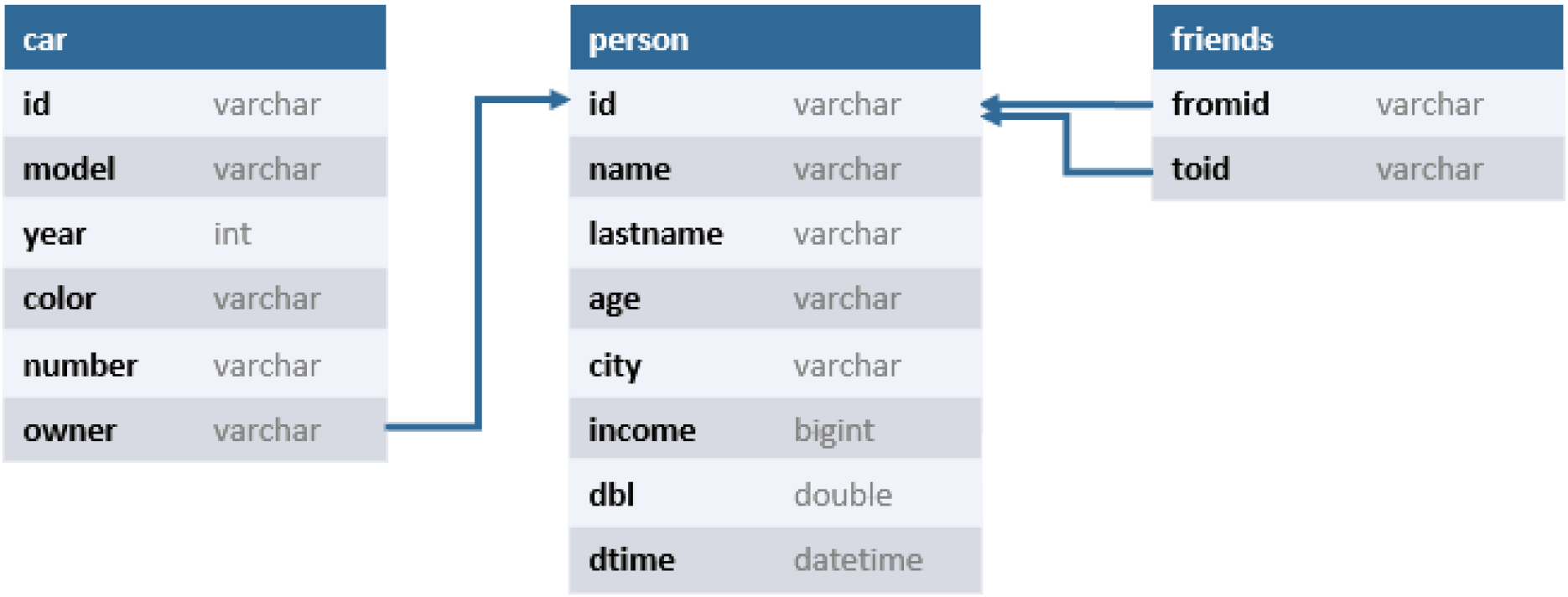MamBase Research Ltd
Israel
PO Box 2527,
53 Shenkar st.,
Holon 58125, Israel
Phone: +972 53 303-3903
PO Box 2527,
53 Shenkar st.,
Holon 58125, Israel
Phone: +972 53 303-3903
Zwemmerslaan 9
2036 KA Haarlem
Phone: +31 6 1500 6507
MamBase
High-performance universal database for modern IT solutions:
Database query execution time (milliseconds)





The results have been verified by an independent system integrator
MamBase supports a single repository for relational data, graphs and JSON documents. You can perform SQL, Graph-SQL and JSON queries on the same data.
The MamBase architecture is designed to support the relational data model and SQL. Relational model represents data in tabular form.

Specialized structures are designed to represent graph data. When mapping graph data, the nodes are records in the relational tables. Relational links Foreign Key -> Primary Key can automatically be interpreted as the graph edges. The intermediate tables for many-to-many relationships are also visible as graph edges. Special indices significantly accelerate the graph query processing, as well as SQL JOIN operations.

The Graph-SQL language is developed for graph data processing. But since the graph can also be presented as relational data, SQL can be used for graph data queries.
JSON documents are automatically represented as records and relationships reflecting the nesting of objects or relationships between objects.

When you add this document, it is automatically presented in a relational form as a set of records in some tables, and also as part of a graph.
The same SQL and Graph-SQL queries can be used to process data received as JSON..